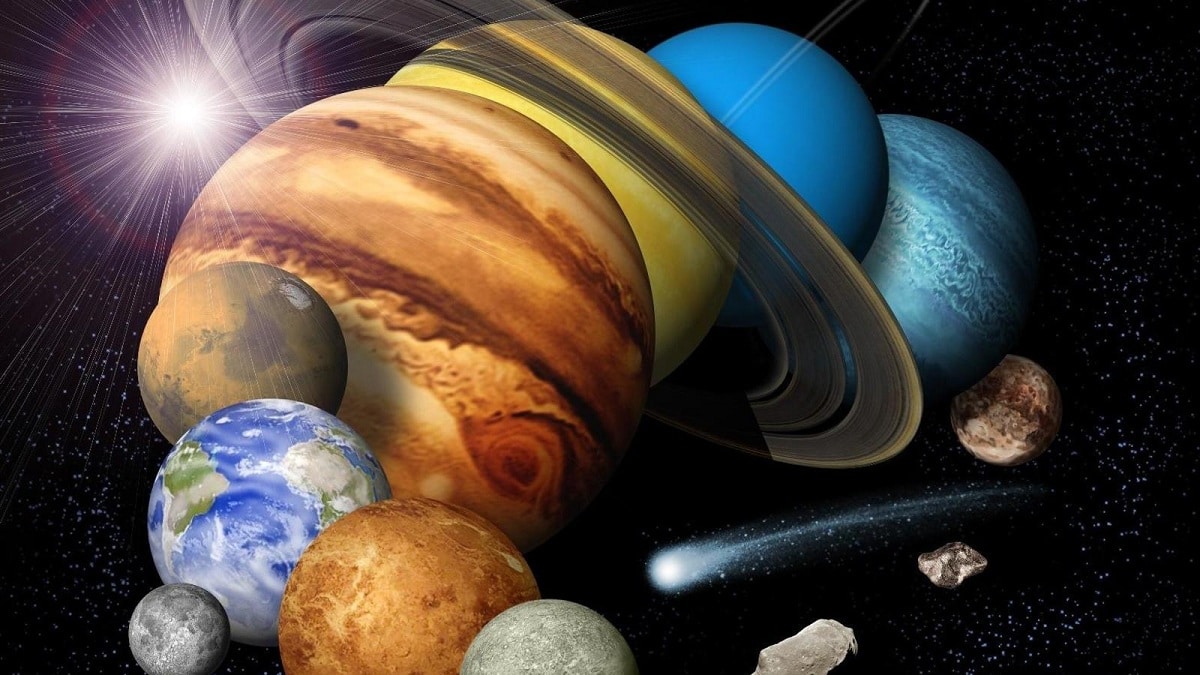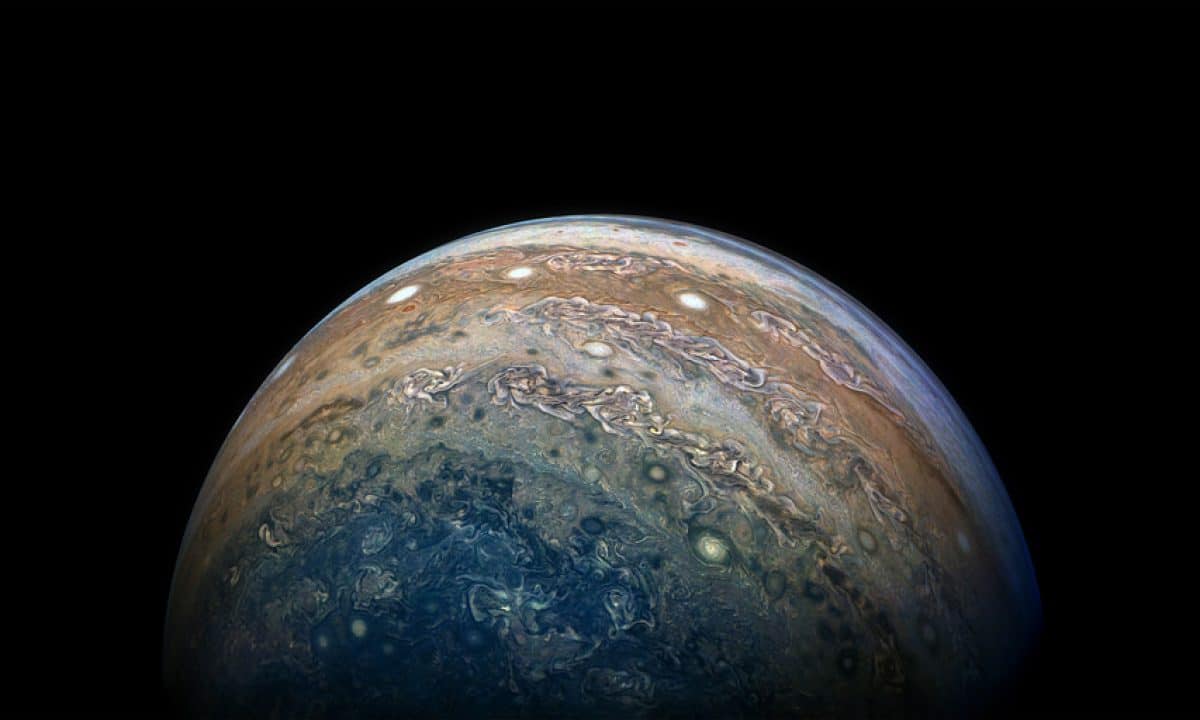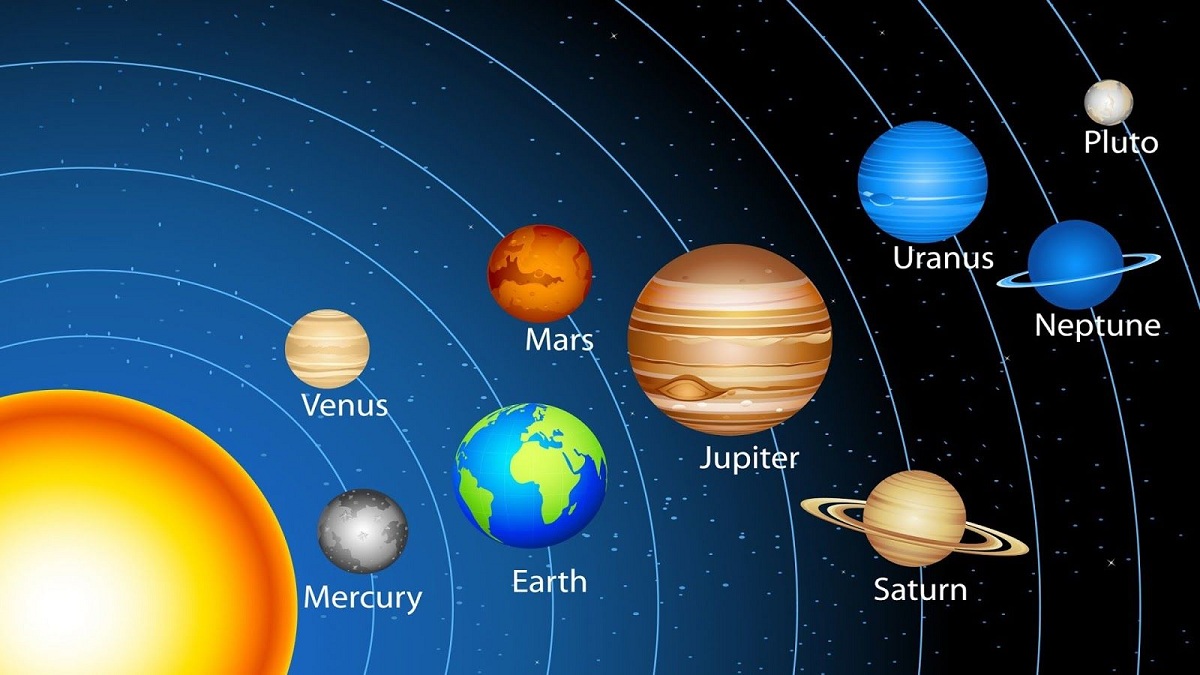
As we know, the solar system is made up of 8 planets that have different colors. One of the things that many people question is the authentic colors of the planets of the solar system. We know that the images we see of the planets are not exact representations of reality. In many cases the images are altered or improved for different reasons. This means that we do not know well what are the colors of the planets of the solar system.
In this article we are going to tell you the whole truth about the colors of the planets of the solar system and their main characteristics.
Image processing
A very common practice is the treatment of images in the world of astronomy. We know that the planets are too far away to be able to see them very clearly. It is here where it is necessary to treat some images not only of planets but also of other objects, especially images. nebulae. Filters and color enhancements are often used to make different features of the planet easier to observe and distinguish. This is not intended to hide anything, rather it is used for more practical purposes
This raises the question of whether the colors of the planets in the solar system are the same as those shown in the rounded images. We know that our planet appears a kind of blue marble since the ocean makes up most of the entire territory. However, we do not know to what extent the rest of the planets maintain the same color as we see it with the modified images.
We know that a planet is terrestrial and is composed mainly of minerals and silicates their appearance will be that of a gray or oxidized mineral tone. In order to know the colors of the planets in the solar system, the type of atmosphere they have must be taken into account since it will modify the general color depending on how much light it can absorb and reflect from the sun.
Colors of the planets of the solar system

Let's see below what are the different colors of the planets of the solar system in a real way.
Mercury
Since obtaining photos of mercury is difficult due to the proximity to the sun, it is practically impossible to take clear photos. This makes not even powerful telescopes like Hubble have been able to take a photo in a practical way. The appearance of the surface of the planet Mercury is very similar to that of the moon. It is similar in that it has a range of colors that ranges from gray to mottled and is covered with craters caused by asteroid impacts.
Since Mercury is a rocky planet and is made up mostly of iron, nickel and silicates and it also has an extremely thin atmosphere it makes it a more rocky, dark gray color.
Venus
This planet depends largely on the position we have when observing it. Although it is also a rocky planet, it has an extremely dense atmosphere made up of carbon dioxide, nitrogen, and sulfur dioxide. This means that from orbit we cannot see more than a dense layer of sulfuric acid clouds and no surface details. For this reason, it is noted in all the photos that Venus has a yellowish color when viewed from space. This is because sulfuric acid clouds absorb the blue color.
However, from the ground the vision is very different. We know that Venus it is a terrestrial planet that has neither vegetation nor water. This makes it have a very rough and rocky surface. It is difficult to know what the true color of the surface is since the vital atmosphere is blue
Colors of the planets of the solar system: Earth

Our planet is made up mostly of ocean and we have an atmosphere rich in oxygen and nitrogen. The appearance of color is due to the effect of light scattering from the atmosphere and oceans. This causes the blue light to be scattered more than the rest of the colors due to its short wavelength. In addition, it must also be taken into account that water absorbs light from the red part of the electromagnetic spectrum. This gives it a general blue appearance if we look at planet Earth from space. This is how our planet looks unmistakable.
If we add the clouds that cover the sky, they make our planet look like a blue marble. The color of the surface also depends on where we are looking. It can range from green, yellow, and brown. We know that depending on the type of ecosystem it will have one predominant color or another.
Mars
El planet Mars It is known by the name of the red planet. This planet has a thin atmosphere and is closest to our planet. We have been able to see it quite clearly for more than a century. In recent decades, thanks to the development of space travel and exploration, we have learned that Mars is similar to our planet in many ways. Most of the planet is reddish in color. This is attributed to the presence of iron oxide on its surface. Its color is also evident since the atmosphere is very thin.
Colors of the planets of the solar system: Jupiter
This planet has an unmistakable appearance as it has orange and brown bands mixed with other white ones. This color originates from its composition and atmospheric patterns. We know that there are outer layers with their atmosphere that are composed of clouds of hydrogen, helium and debris of other elements that get to move at great speeds. Its white and orange tones are due to the exposure of these compounds which changes color when they come into contact with the ultraviolet light from the sun.
Saturn
Saturn similar in appearance to Jupiter. It is also a gaseous planet and has bands that run across the planet. However, having a lower density, the stripes are thinner and wider in the Ecuador zone. Its composition is mostly hydrogen and helium with some small amounts of volatile elements such as ammonia. The combination of red ammonia clouds and exposure to ultraviolet radiation from the sun makes them have a color combination of pale gold and white.
Uranus
Being a large icy gaseous planet it is composed mainly of molecular hydrogen and helium. Along with other amounts of ammonia, hydrogen sulfide, water and hydrocarbons gives it a cyan blue color close to seawater.
Neptuno
It is the farthest planet from the solar system and is similar to Uranus. It is largely similar in composition and is made up of hydrogen and helium. It has some small amounts of nitrogen, water, ammonia and methane and other amounts of hydrocarbons. Since it is further away from the sun, it has a darker blue color.
I hope that with this information you can learn more about the colors of the planets in the solar system.
